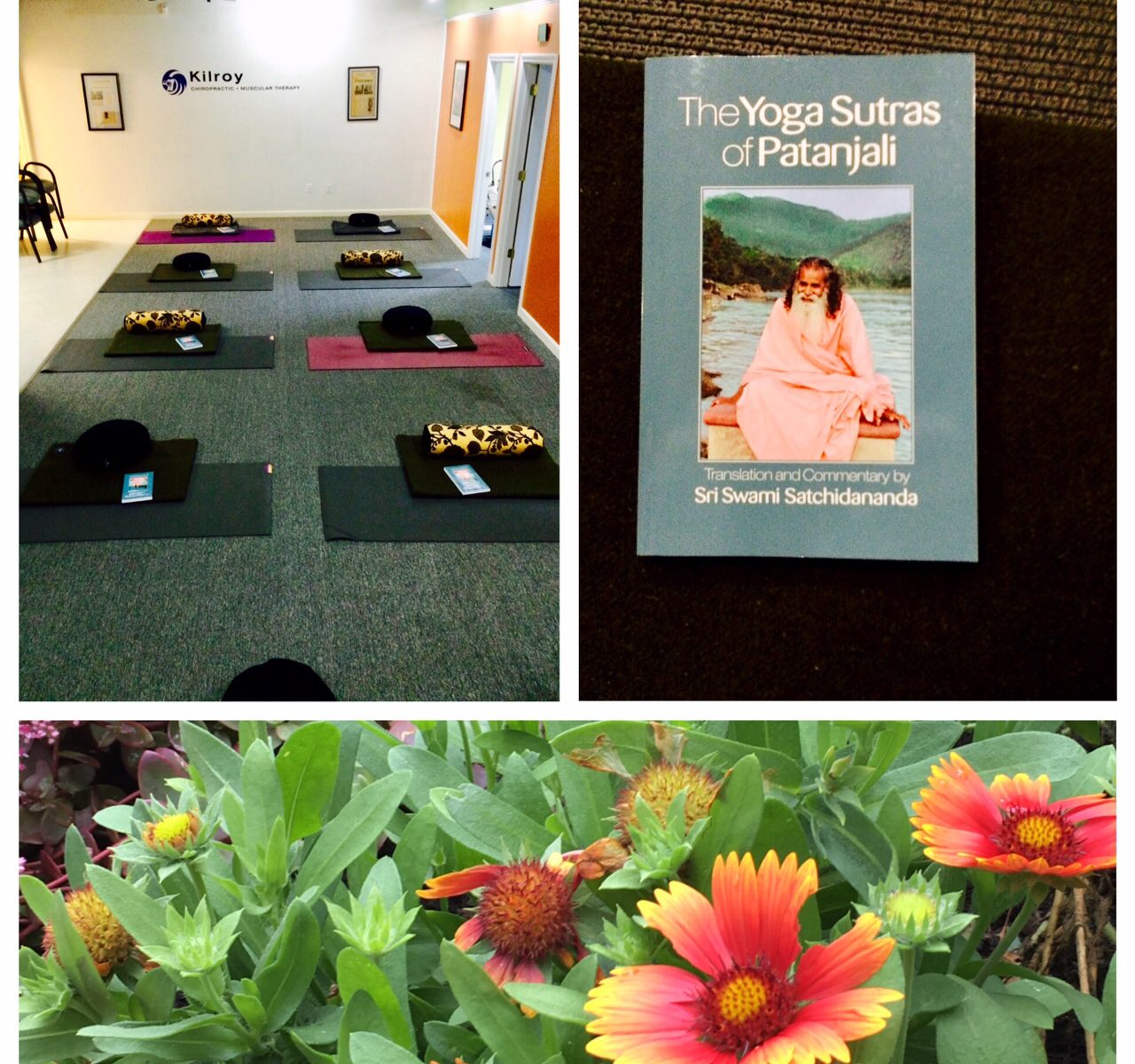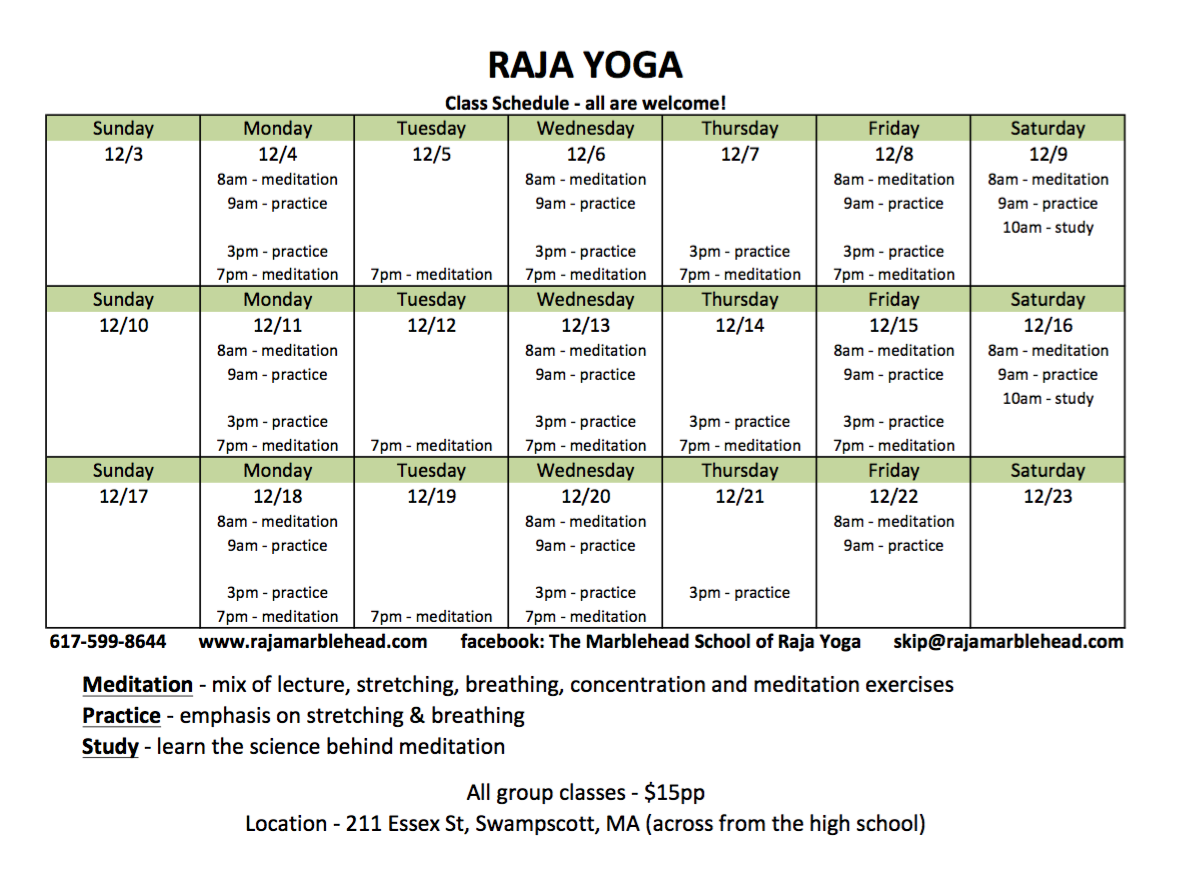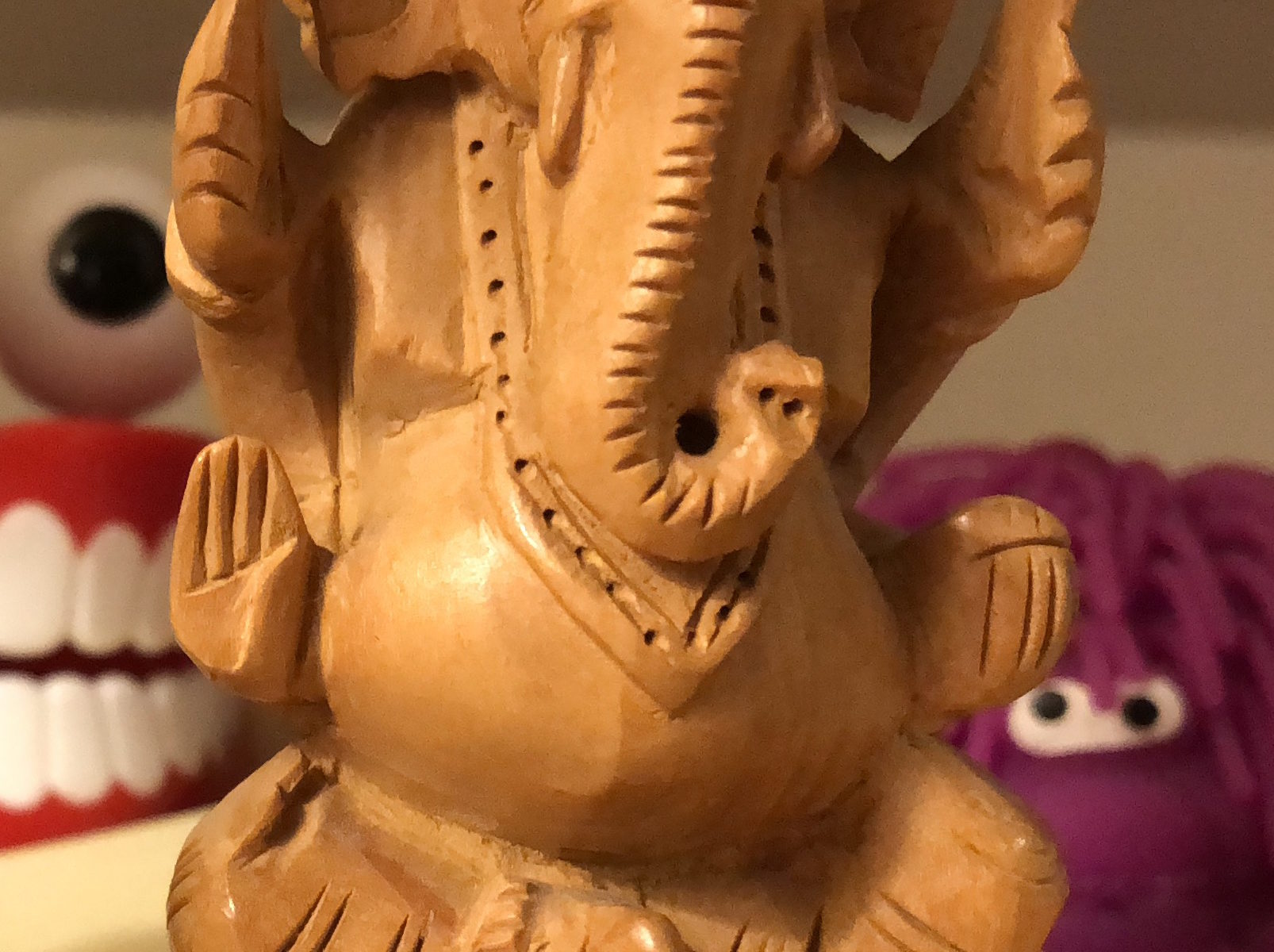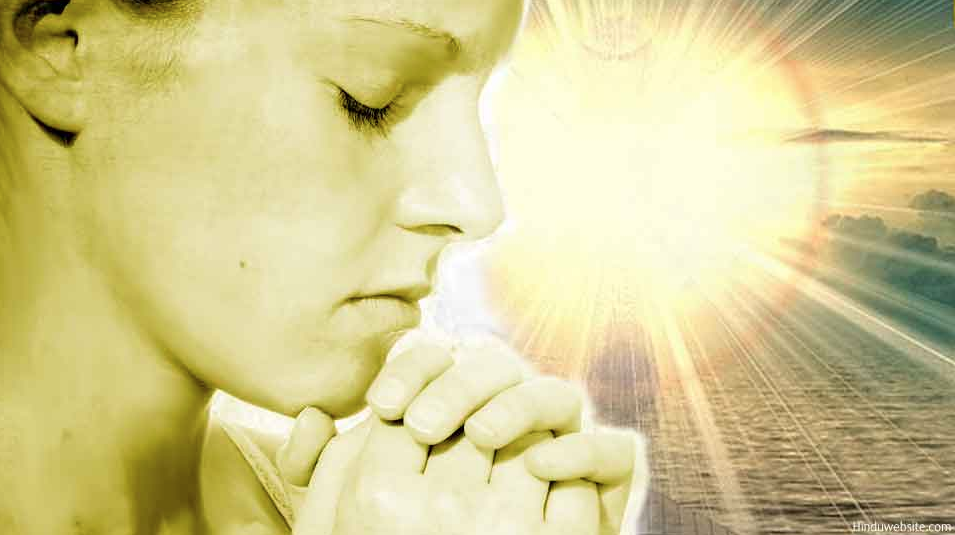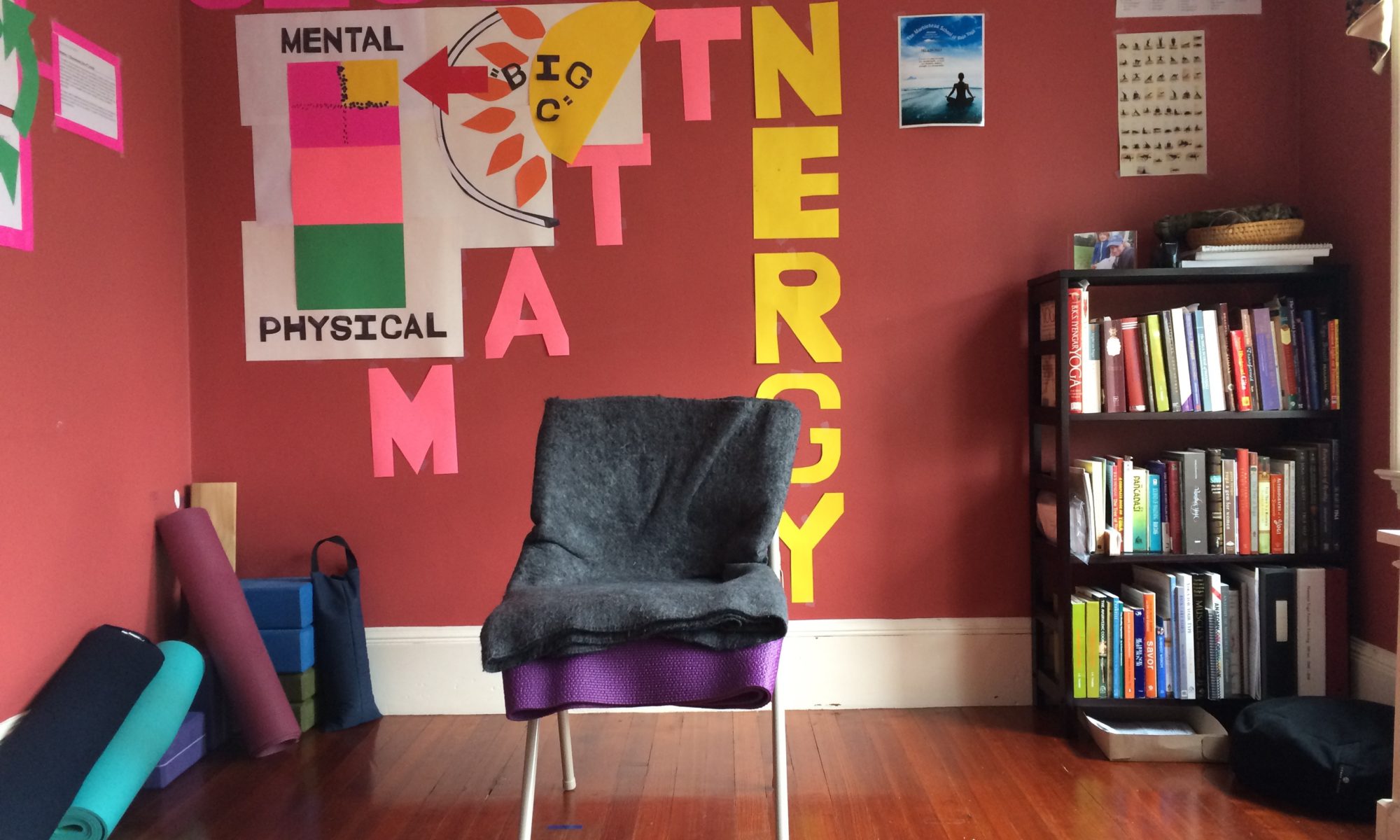Have you ever tried? I mean seriously tried? Technically, humans aren’t capable of understanding, let alone experiencing, the concept or dimension of God. [For purposes of this blog, “God” refers to the Source of everything – however that concept manifests in your mind.]
How did we go from yoga to God?
Raja Yoga is the prehistoric practice of meditation or mind control, a devotional discipline that fosters a deep, intuitive sense of self-awareness.
What Raja Yoga refers to as consciousness has become commonly referred to as our “spirit” or “soul” by historical religion – similar to the way that meditation has evolved into prayer over the millennia.
Raja Yoga recognizes that we are truly three-dimensional beings: a tangible body/mind with an intangible awareness. According to some, the latter is essentially divine.
The discipline of Raja Yoga makes it abundantly clear to the practioner that the awareness OF our thoughts is as distinct and different from our thoughts as our thoughts are from our physical body.
Here’s the bottom line: we’re aware that we’re alive.
That awareness is our consciousness. It’s the one aspect of all of us that literally NEVER changes – at least not in a manner that we can experience, simply because it’s not affected by time and space the same way our physical bodies and tangible minds are. Right, “not affected by time and space”!! See where this is going?
Our awareness OF what our body/mind is doing/thinking is immutable.
The ancient, pre-historic Raja Yoga texts say it’s the part of each of us that no amount of fire or water (hint: polar opposites) can affect – BUT without which you wouldn’t realize you were alive(!) let alone reading this life-altering post! Just sayin’…..
We are all (yes, ALL) are miraculous – in the same scientific, factual sense that all life is miraculous. Try calculating the odds of you reading this post given that literarily everything that’s ever happened since the dawn of time had to happen EXACTLY as it did in order for this to be your current reality. Right: friggin’ miraculous!!
But the part of each of us that’s most miraculous – our consciousness – without which there would be no point to life – is literally indistinguishable from one of us to the next. For better or worse, your awareness is EXACTLY like mine, though obviously, WHAT we’re each aware of is unique to us – forever (again with the polar opposite theme: simultaneously universal AND unique!)
NOW, once you accept that simple yet mind-altering factoid, you begin to wonder about the nature of this immutable (eternal?! WTF?!) yet crucial aspect of all living things, and guess what?
It’s not something you can look up online. Sorry. It’s not something you can ask someone else about and be convinced (too bad for yours truly)! You have to go there. You literally have to experience the affects of drawing closer to the part of you that you literally can’t experience (again with the ironic, bipolar theme) – which convinces you of your own – and everything’s – true nature.
BOOM. Mind blown. Mike drop. Is anyone listening?!?!
Krishna
My simplistic understanding of the complexity of thoughts, practices and beliefs that constitute Indian philosophy (of which Raja Yoga is one of six orthodox systems) is that there’s general consensus that THE God or Source of the universe is Krishna.
I’m not aware of a singular term like “Christians” that refers to Krishna devotees (I’m not sure all “Hindus” believe that Krishna is the Big Dog) but there seems to be consensus among them that at some distant point in human history, God manifest as the blue-hued, impish Krishna who explains life in metaphors to Arjuna midfield (think basketball court: two-sided) on the brink of battle in the Bhagavad Gita (literally, “God’s song”).
Personal opinion: Krishna’s well-intended modern day, orange-robed, bald-headed friends have done Him a grave marketing disservice!
Ganesha
While Krishna is the widely recognized as the Big Dog (“God” in the subsequent Judeo-Christian system of divine thought), his buddy Ganesha – who’s likeness is reflected in the picture – is a “lesser” god [sorry to be irreverent if not seasonal, but think “Santa’s helper”!] who’s primary job to is facilitate our earnest endeavors. Ganesha is believed to be the “remover of obstacles” but like the Big Dog, Ganesh has a sense of humor. He essentially runs the school of hard knocks.
According to Wikipedia, “Ganesha is widely revered as the remover of obstacles, the patron of arts and sciences and the [god – lower case] of intellect and wisdom.”
According to Chopra.com, “Ganesha plays the dual role of a supreme being powerful enough to A. remove obstacles and ensure success – OR – B. create obstructions for those whose ambition has become destructive.”
Who’s crazy?
When you comprehend that a part of YOU is virtually – if not – eternal, you begin to wonder about the Source of that part of you. Bones, muscles and thoughts (the whole body/mind bits) are readily explained away by modern science, but you won’t find ANY scientific research on consciousness – BECAUSE IT CAN’T BE DONE. Consciousness – our awareness OF our thoughts – is NOT of this earthly realm!
Once that sets in and you accept the completely intangible nature of the essence of who we are (like my mom used to say, “it’s not about what’s on the outside” whenever she had a prospective date in mind for me!) – but if you’e like me, having nary a clue as to WTF the Source of our consciousness might be like – we pick something simple that we CAN relate to in some personal way to remind us of the Truth. Recently the image of Ganesha keeps pooping up for me.
Raja Yoga is a science – there’s no such thing as coincidence.
The statue was my mom’s – no idea where she got it, but it became mine last year. I wink at him; I have conversations with him. Am I crazy imagining that somewhere in a dimension beyond my comprehension, my intentions are heard, received – and heaven forbid – acknowledged?! Maybe. Does meditation, or trying to draw closer to the Source help keep my stress level under the boiling point? ABSOLUTELY.
Perhaps best of all, meditation never produces a hangover – ever.
Why Ganesha? I don’t know; maybe because our daughter loves elephants. I have no mental image of God – the Big Dog – the creator and CEO of the universe. Not a clue. BUT – having something tangible like a crucifix, a statue of Buddha – or Ganesha – or pictures of ancestors – whatever resonates with you personally and elicits a sense of connection with something beyond your experience and understanding – keeping it around as a constant, silent reminder of one’s purpose and pursuit – I don’t see the harm.
And besides, it’s not technically crazy. Devotees of any faith expect to experience the same consequence every time they pray/meditate: an odd sense of intimacy with something “other-worldly”: something divine.
Hugs to those who need one,
Allan [“Skip” to my family and pre-enlightenment friends! C’mon; that’s funny, right?!]



